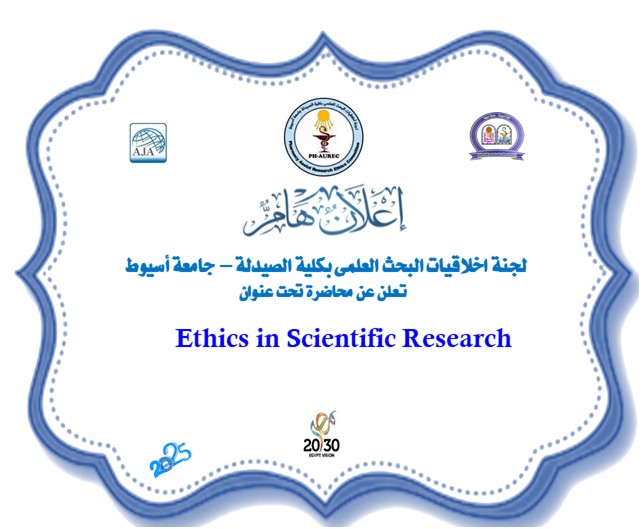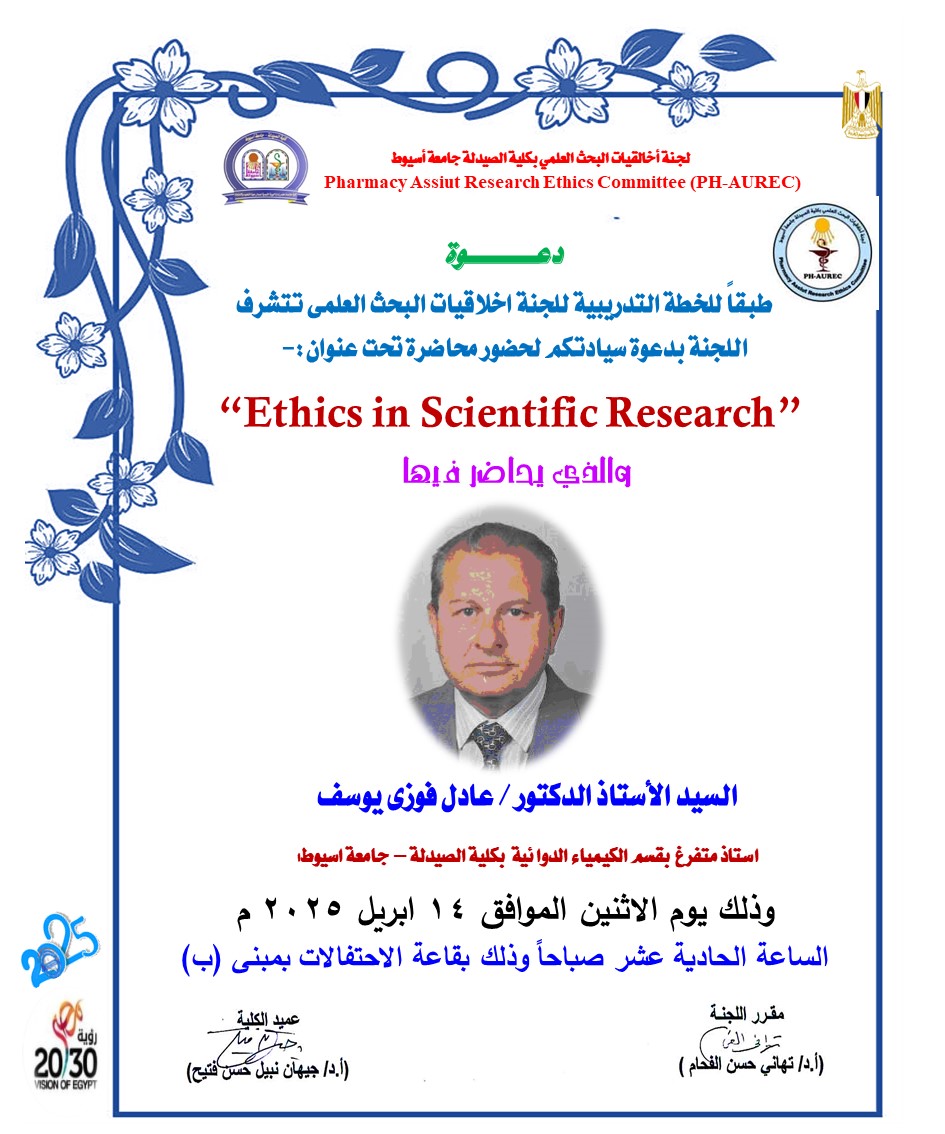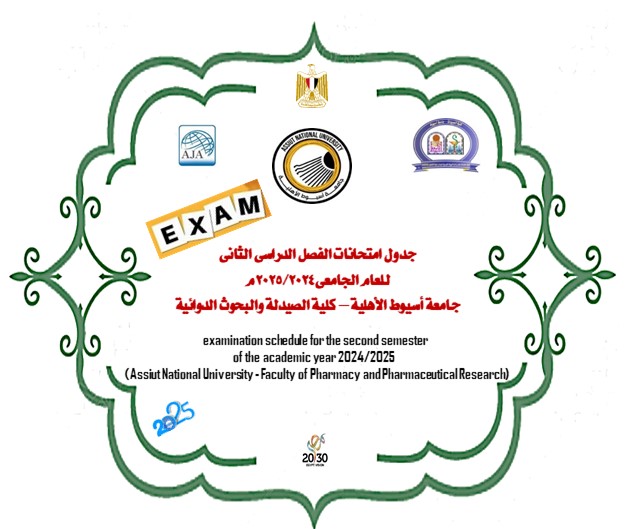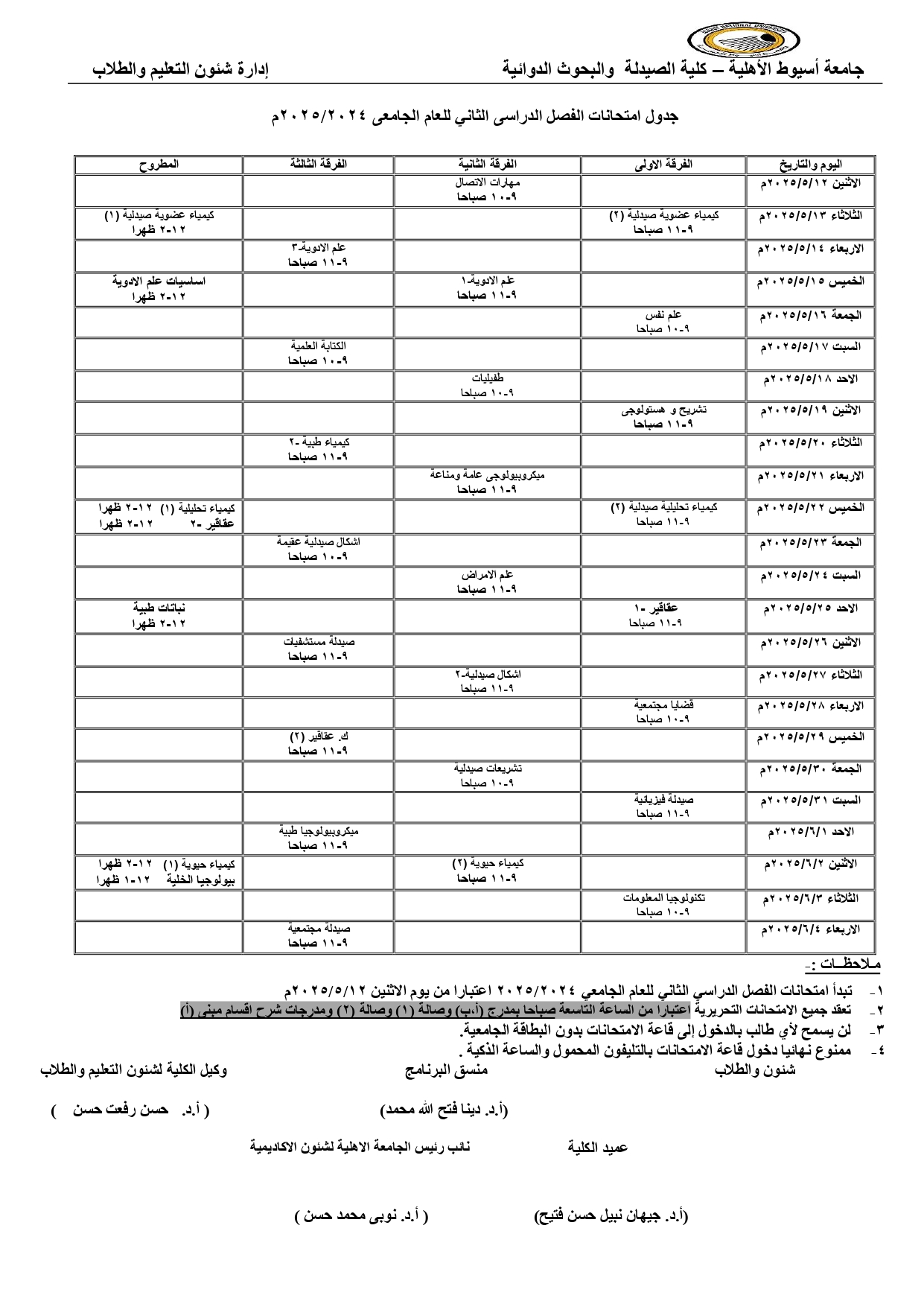Research Abstract
In recent years, there has been considerable interest in using amino acids like tryptophan (Trp) and tyrosine (Tyr) as biomarkers for various diseases, including type 2 diabetes mellitus (T2D). In diseases like T2D, the metabolism of Trp and Tyr is altered. The activity of enzymes involved in Trp metabolism increases, leading to a decrease in its serum level. On the other hand, the serum level of Tyr increases due to the suppressed activity of its metabolizing enzymes. These observations suggest that Trp and Tyr metabolism may play a crucial role in the pathophysiology of type 2 diabetes. Our study highlights the potential utility of Trp and Tyr as biomarkers for the early detection, prognosis, and monitoring of this metabolic disorder. Given these observations, we aimed to develop a high-performance thin-layer chromatographic (HPTLC) method that is sensitive, selective, rapid, and environmentally friendly for esti‑ mating the concentrations of Trp and Tyr in biological fluids, particularly serum samples. To evaluate the method, we performed analysis using serum samples from controlled and streptozotocin-induced diabetic rats. Our main objec‑ tive was to develop a method that is sensitive and selective for precisely determining Trp and Tyr serum levels, which could serve as potential biomarkers for T2D. Fluorescence and absorption modes were employed for densitometry scanning. We assessed the precision and high separation efficiency of the chromatographic system by calculating parameters such as separation and resolution factors, number of theoretical plates, and height equivalent to theo‑ retical plates. To evaluate the environmental impact of our proposed method, we employed the AGREE (Analytical GREEnness metric) and GAPI (Green Analytical Procedure Index) greenness assessment tools. The results confirmed that our method is environmentally friendly and exhibits superior eco-friendliness and greenness compared to other reported methods.











